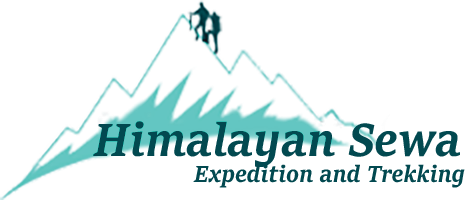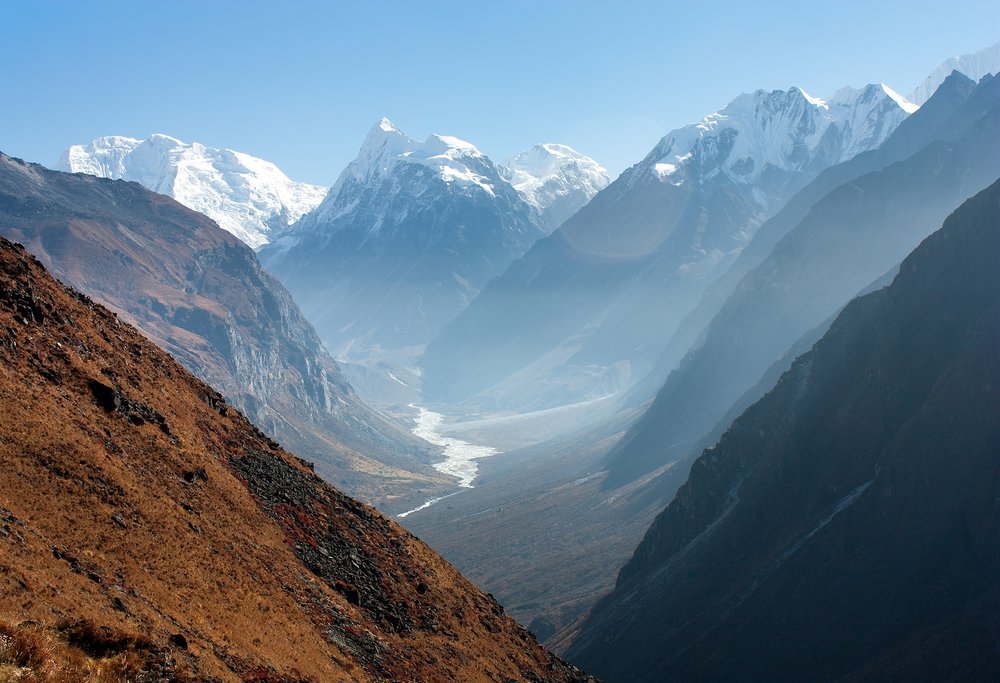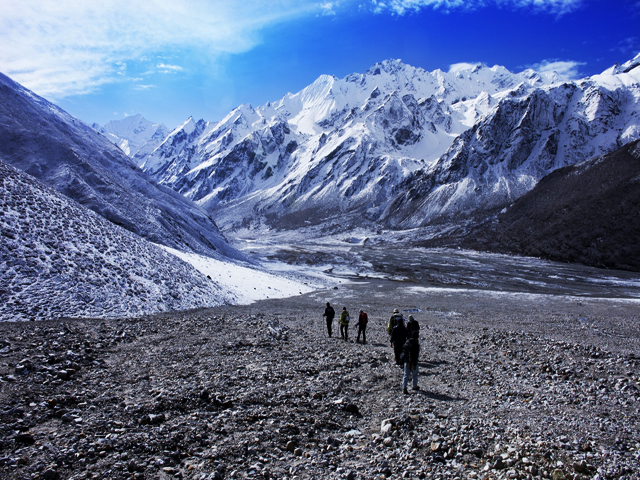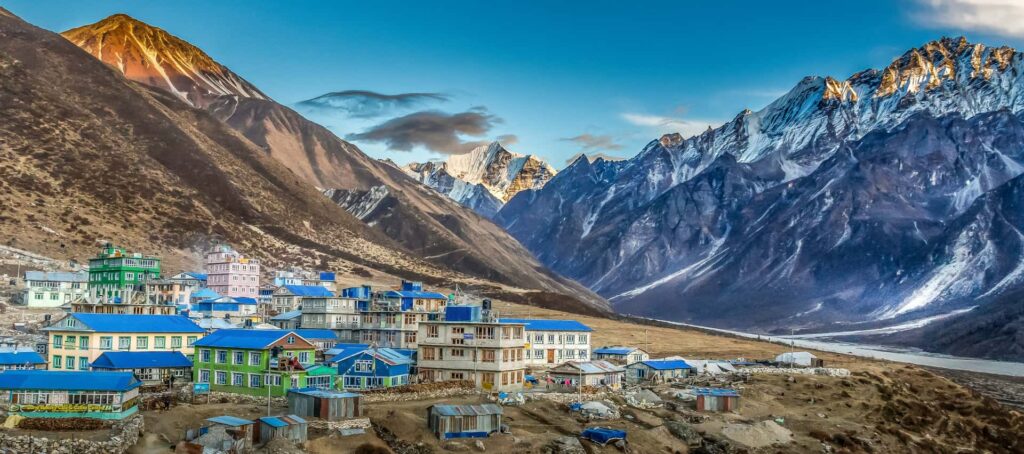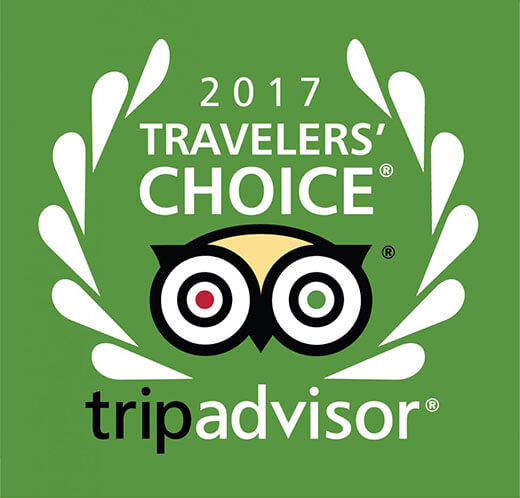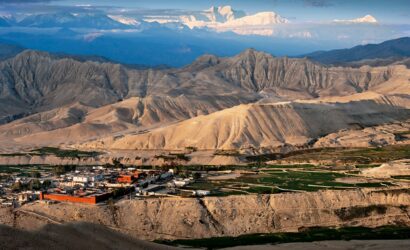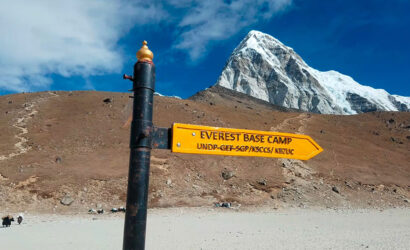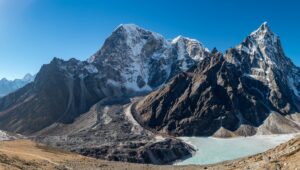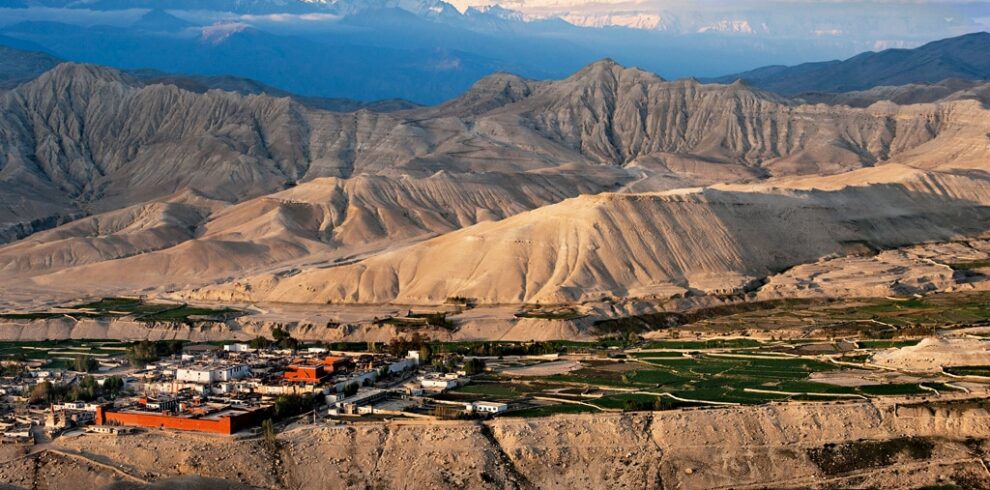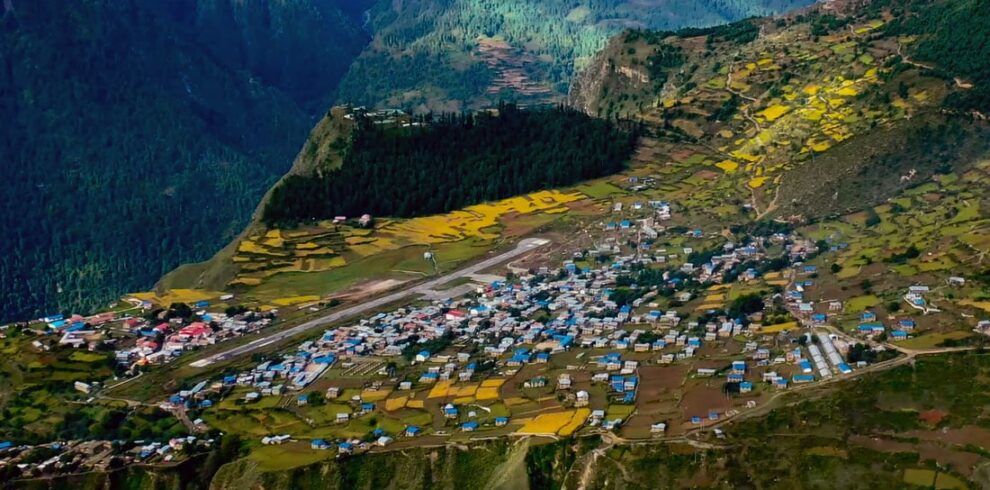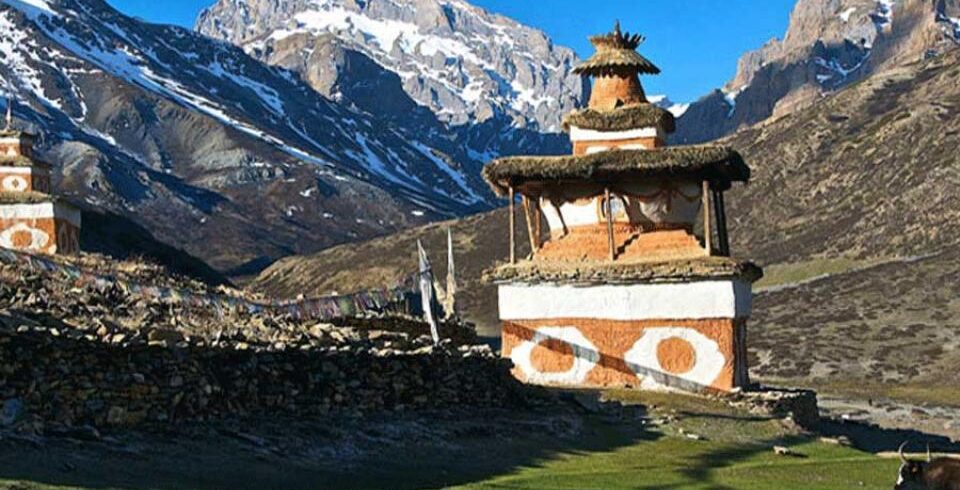Langtang Valley Trek: An Enchanting Himalayan Experience
Welcome to the Langtang Valley Trek, a journey through one of the most accessible and culturally rich trekking destinations in Nepal. The Langtang region, with its spectacular landscapes, charming Tamang villages, and breathtaking mountain views, offers a trekking experience that combines adventure and cultural immersion. Join us as we explore the beauty and tranquility of Langtang Valley.
Key Highlights:
- Langtang National Park:
- Explore Langtang National Park, a protected area known for its diverse flora and fauna.
- Encounter wildlife such as red pandas, Himalayan tahr, and various bird species.
- Kyanjin Gompa:
- Reach Kyanjin Gompa, a picturesque village with an ancient monastery.
- Enjoy panoramic views of the surrounding peaks, including Langtang Lirung.
- Langtang Valley:
- Trek through the beautiful Langtang Valley, surrounded by alpine meadows and forests.
- Cross scenic suspension bridges over the Langtang River.
- Tamang Culture:
- Interact with the friendly Tamang people, experiencing their unique culture and hospitality.
- Visit traditional Tamang villages and witness their colorful festivals and rituals.
- Gosaikunda Lake (Optional):
- Extend your trek to include a visit to the sacred Gosaikunda Lake.
- Discover the pristine glacial lake amidst the high mountain landscapes.
Practical Information:
- Best Time to Trek: Spring (March to May) and Autumn (September to November) offer the best weather and clear mountain views.
- Permits: Obtain the Langtang National Park Permit and TIMS card.
The Langtang Valley Trek offers a perfect blend of natural beauty, cultural exploration, and Himalayan adventure. Whether you seek mountain vistas, cultural insights, or tranquil landscapes, this trek has it all. Embark on an unforgettable journey into the heart of the Langtang region.
Overview
Travel is the movement of people between relatively distant geographical locations, and can involve travel by foot, bicycle, automobile, train, boat, bus, airplane, or other means, with or without luggage, and can be one way or round trip. Travel can also include relatively short stays between successive movements.
The origin of the word “travel” is most likely lost to history. The term “travel” may originate from the Old French word travail, which means ‘work’. According to the Merriam Webster dictionary, the first known use of the word travel was in the 14th century.
It also states that the word comes from Middle English travailen, travelen (which means to torment, labor, strive, journey) and earlier from Old French travailler (which means to work strenuously, toil). In English we still occasionally use the words “travail”, which means struggle. According to Simon Winchester in his book The Best Travelers’ Tales (2004), the words “travel” and “travail” both share an even more ancient root: a Roman instrument of torture called the tripalium (in Latin it means “three stakes”, as in to impale).
